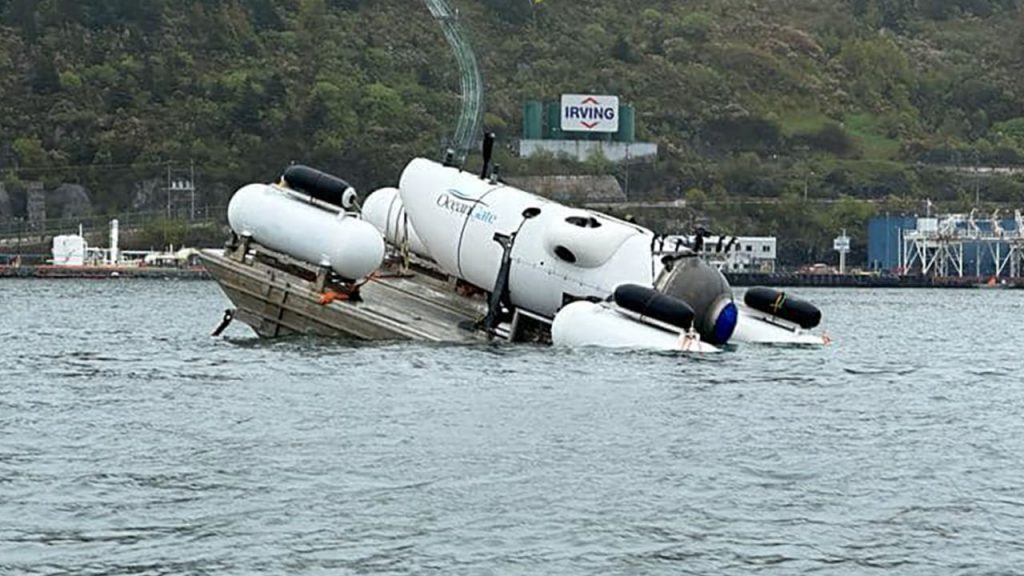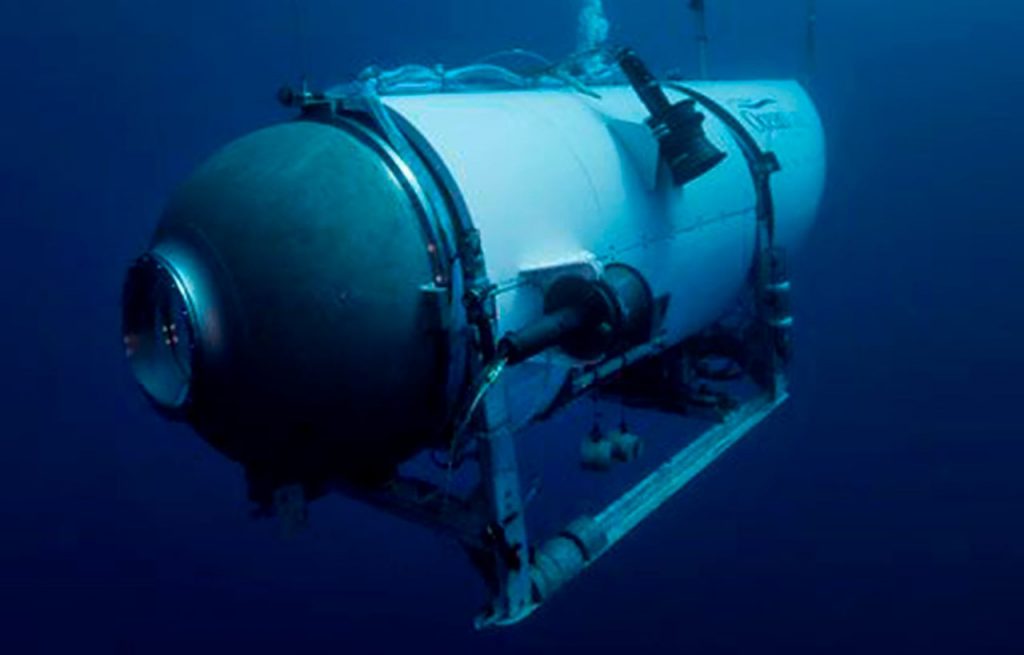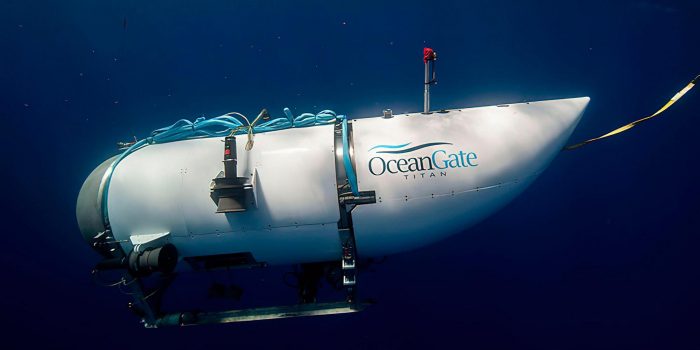A massive search effort has been launched after a submarine carrying five persons on a visit to the Titanic debris vanished. The submersible hasn’t been found despite the efforts, although there have been reports of banging noises nearby. The US Coast Guard and Canadian authorities detected underwater noises, but the source of the sounds could not be identified. An internal government memo mentioned the intermittent banging sounds and suggested the possibility of survivors based on “acoustic feedback.”
The submersible, named Titan, was part of an eight-day journey organized by OceanGate Expeditions. Priced at $250,000 per person, the trip commenced from Newfoundland, with the participants traveling 400 nautical miles to the wreck site, situated approximately 900 miles off the coast of Cape Cod, Massachusetts.

On June 18, during its descent to the Titanic wreckage, the submersible lost contact with its support ship, the Polar Prince, just 1 hour and 45 minutes into the dive. Search operations were initiated immediately.
The identities of the missing individuals have not been officially released, but it has been confirmed that British businessman Hamish Harding, French diver Paul-Henri Nargeolet, Pakistani billionaire Shahzada Dawood, and his son Sulaiman Dawood were aboard. OceanGate CEO and founder Stockton Rush is believed to be the fifth person on board.
Numerous obstacles stand in the way of finding the submersible, including its distant position, unfavorable weather, the vessel’s state, and the deep depth of the ocean where it vanished. Nearly 13,000 feet below sea level, the Titanic’s wreckage is located. Experts speculate that the submersible may have increased buoyancy by shedding weight and possibly reached the surface. However, the door is bolted from the outside, posing a risk of oxygen depletion unless the submersible is located and freed by rescuers.
The Titan differs from a submarine in several ways. It relies on a support ship for launch and recovery, has limited power reserves, and spends 10 to 11 hours per dive, unlike submarines capable of long-duration underwater stays.
Numerous US and Canadian government organizations, including the US Coast Guard, US Navy, US Air Force, Canadian Coast Guard, and Canadian military, are participating in the search operation. With a research ship outfitted with an underwater robot, France has added to the effort. The Titanic-themed deep water mapping business Magellan is attempting to transport its equipment to the location.

Rescuing the submersible presents a significant challenge, as the options for rescue vessels may be limited depending on its location and depth. Past underwater rescues involved the use of submersibles and remotely operated recovery vessels to attach lines and bring the trapped individuals to the surface.
The incident has raised concerns about the safety of deep-sea tourism, with previous safety concerns and criticisms directed at OceanGate. Safety issues regarding the thickness of the Titan’s hull were raised by former employees, and conflicting information has emerged regarding the engineering and testing of the vessel.
As the search continues, authorities face a race against time to locate and rescue the missing submersible before the limited oxygen supply is exhausted.


